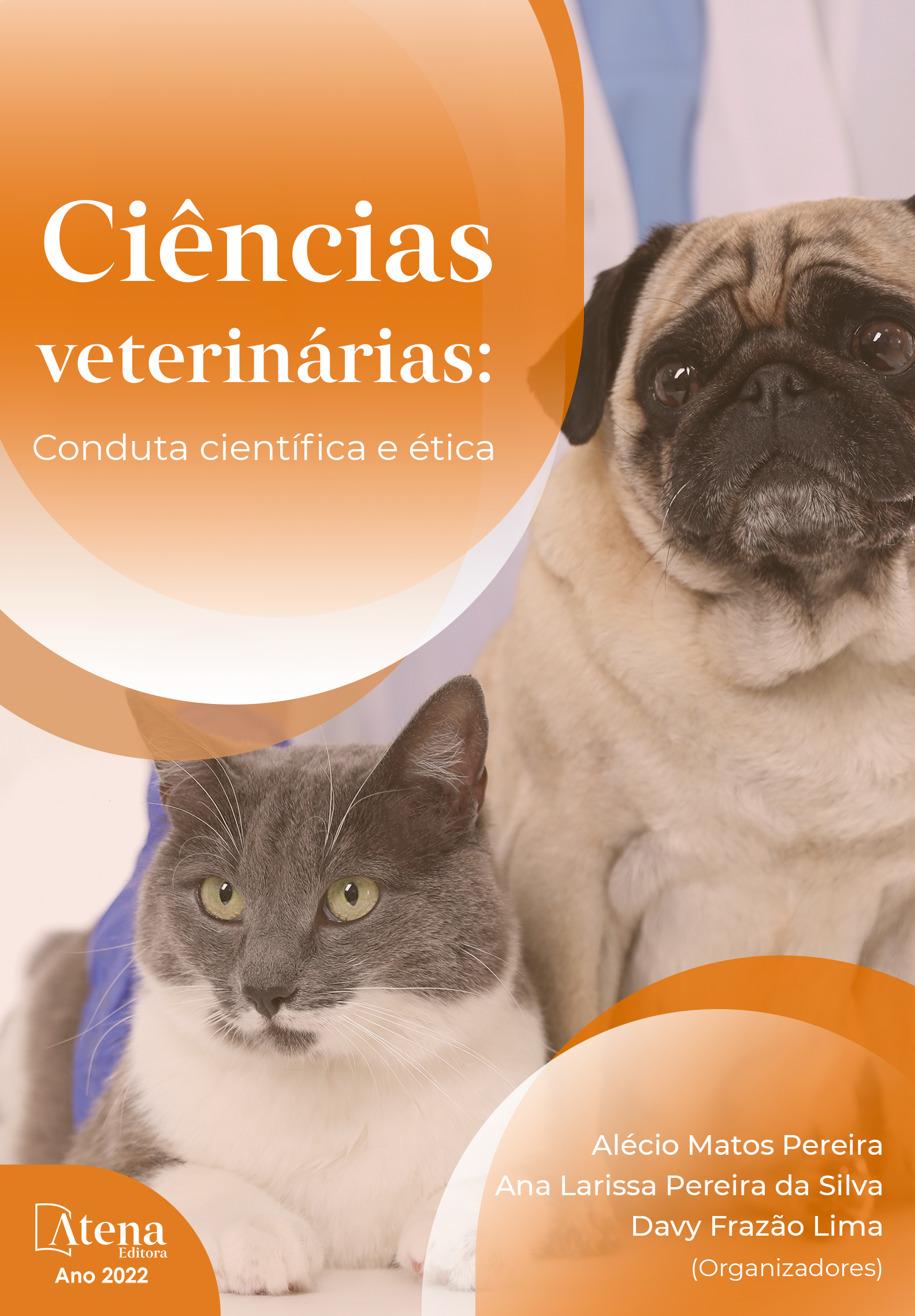
EFEITO DA INCLUSÃO DE DIFERENTES ÓLEOS VEGETAIS NA RAÇÃO PARA JUVENIS DE BODÓ (Hypostomus plecostomus), SOBRE O DESEMPENHO
Objetivou-se com este estudo avaliar o efeito da adição de diferentes óleos vegetais em rações para bodós (Hypostomus plecostomus). Foram utilizados 81 juvenis de bodó, com peso médio e comprimento total inicial de 1,91 ± 0,70 g e 4,21 ± 0,44 cm, respectivamente. Distribuídos em um delineamento inteiramente casualizado (DIC), composto por nove tratamentos e três repetições por tratamento e três peixes por unidade experimental. Os tratamentos foram constituídos de uma ração comercial, com 36% de proteína bruta sem adição de óleo vegetal (tratamento controle), e mais 8 rações com a adição de 3 e 6% de óleo de soja, 3 e 6% de óleo de babaçu, 3 e 6% de óleo de buriti e 3 e 6% de óleo milho. Os óleos vegetais avaliados (soja, babaçu, buriti e milho) não influenciaram (P >0,05) o peso final e comprimento padrão dos bodós. Todavia, foram observados efeito (P <0,05) sobre o consumo de ração, conversão alimentar, consumo de proteína bruta e a taxa de eficiência proteica, comprimento total, ganho de peso e taxa de crescimento específico. O maior consumo de ração foi observado para os peixes alimentados com o tratamento controle (sem adição de óleo), seguido dos óleos de babaçu e milho a 3% respectivamente A inclusão de 6% de óleo de milho na ração, proporcionou o pior resultado na conversão alimentar em comparação ao tratamento controle e os demais tratamento não diferiram (P <0,05) do tratamento controle. O consumo de proteína bruta, apresentou o mesmo comportamento do consumo de ração, pelo fato das rações apresentares o mesmo teor de proteína bruta (36%). Aos valores das taxas de eficiência proteica foram maiores para os peixes alimentados com ração adicionado dos óleos de soja a 6% e buriti a 3%, em comparação ao tratamento controle e aos óleos de babaçu e milho a 3% respectivamente, que apresentaram o maior consumo de ração. Os bodós alimentados com a rações que apresentava a inclusão de 6% de óleo de soja, apresentam o menor valor para o ganho de peso, com exceção do tratamento que apresentava a inclusão de 3% de óleo de soja, os demais tratamentos não diferiram (P <0,05) do tratamento controle. Recomenda-se a adição dos óleos de buriti e soja aos níveis de 3 e 6%, respectivamente, em rações para juvenis de bodó por proporcionar melhora na taxa de eficiência proteica.
EFEITO DA INCLUSÃO DE DIFERENTES ÓLEOS VEGETAIS NA RAÇÃO PARA JUVENIS DE BODÓ (Hypostomus plecostomus), SOBRE O DESEMPENHO
-
DOI: 10.22533/at.ed.7842229066
-
Palavras-chave: Attalea speciosa, Mauritia flexuosa, Zea mays, Glycine max (L) Merrill.
-
Keywords: Attalea speciosa, Mauritia flexuosa, Zea mays, Glycine max (L) Merrill
-
Abstract:
The aim of this study was to evaluate the effect of adding different vegetable oils to bodó diets (Hypostomus plecostomus). Eighty-one bodó juveniles were used, with average weight and initial total length of 1.91 ± 0.70 g and 4.21 ± 0.44 cm, respectively. Distributed in a completely randomized design (DIC), consisting of nine treatments and three replicates per treatment and three fish per experimental unit. The treatments consisted of a commercial diet, with 36% crude protein without the addition of vegetable oil (control treatment), and 8 more diets with the addition of 3 and 6% soy oil, 3 and 6% babaçu oil. , 3 and 6% buriti oil and 3 and 6% corn oil. The evaluated vegetable oils (soy, babaçu, buriti and corn) did not influence (P> 0.05) the final weight and standard length of the bodós. However, an effect (P <0.05) on feed intake, feed conversion, consumption of crude protein and the rate of protein efficiency, total length, weight gain and specific growth rate were observed. The highest feed consumption was observed for fish fed with the control treatment (without the addition of oil), followed by babassu oils at 3% and corn at 3%. The inclusion of 6% of corn oil in the feed provided the worst result in feed conversion compared to the control treatment and the other treatments did not differ (P <0.05) from the control treatment. The consumption of crude protein, presented the same behavior of the consumption of ration, because the rations present the same content of crude protein (36%). The values of the protein efficiency rates were higher for fish fed with ration added with soy oils at 6% and buriti at 3%, compared to the control treatment and babassu oils at 3% and corn at 3%, which presented the highest feed consumption. Bodós fed with rations that included 6% soy oil, have the lowest value for weight gain, except for the treatment that included 3% soy oil, the other treatments did not differ ( P <0.05) of the control treatment. It is recommended to add buriti and soy oils to levels of 3 and 6%, respectively, in diets for bodó juveniles, as it improves the protein efficiency rate.
-
Número de páginas: 15
- THIAGO DE CASSIO FERNANDES DA SILVA
- FERNANDO ALVES BRAGA
- Lucas Santos Matos
- GENIVAL MARTINS ROCHA
- RAFAEL SILVA MARCHÃO
- CLEDSON GOMES DE SÁ
- DANRLEY MARTINS BANDEIRA
- EDSON MATHEUS ALVES DO NASCIMENTO ARAÚJO
- JOÃO VICTOR PARGA PEREIRA
- Alécio Matos Pereira


